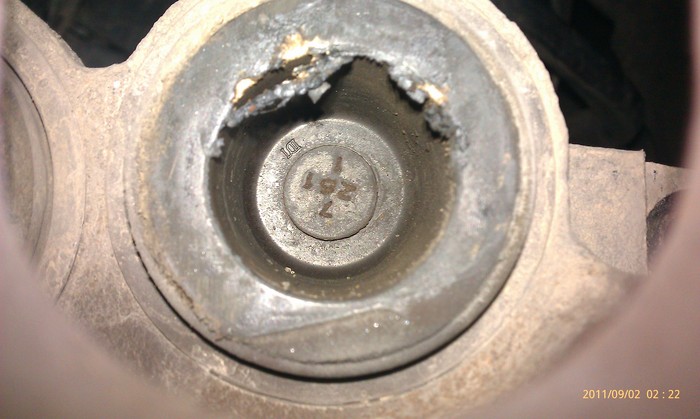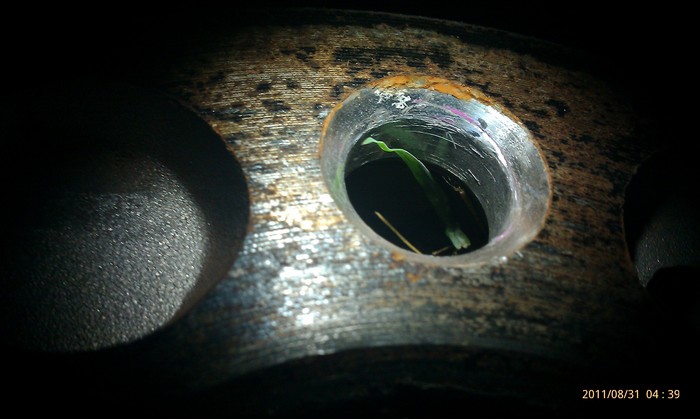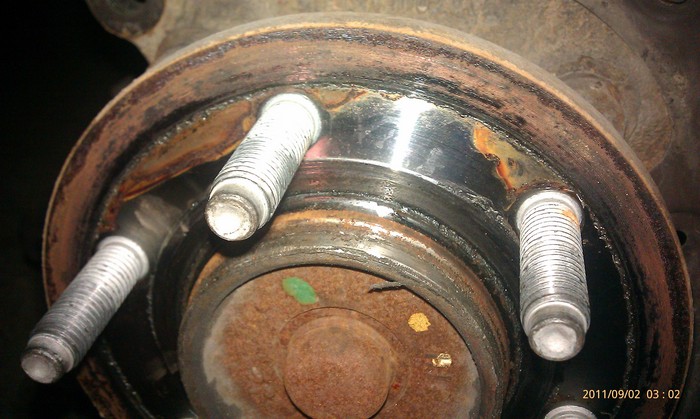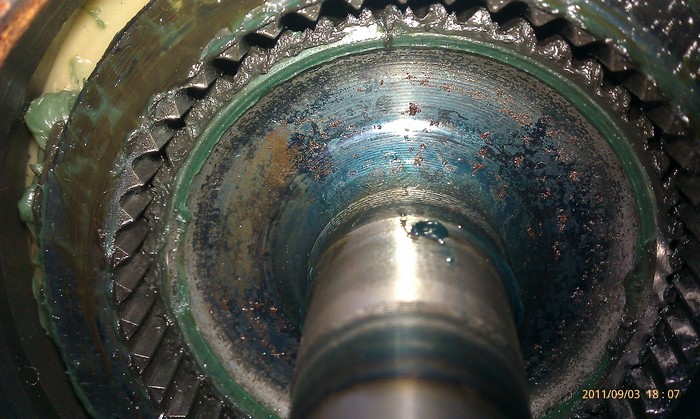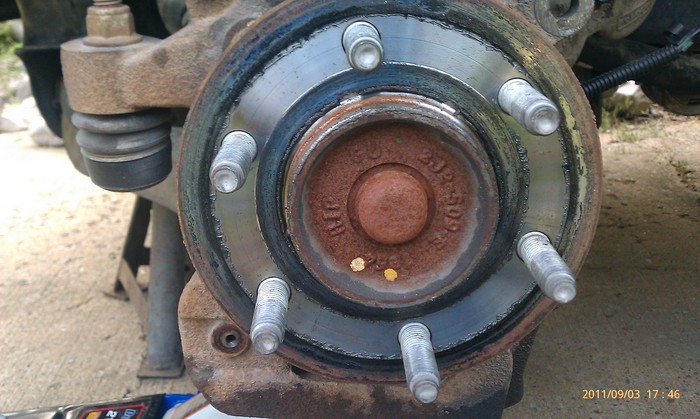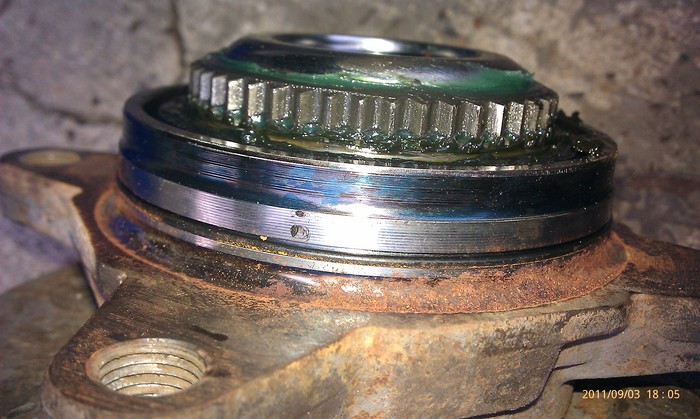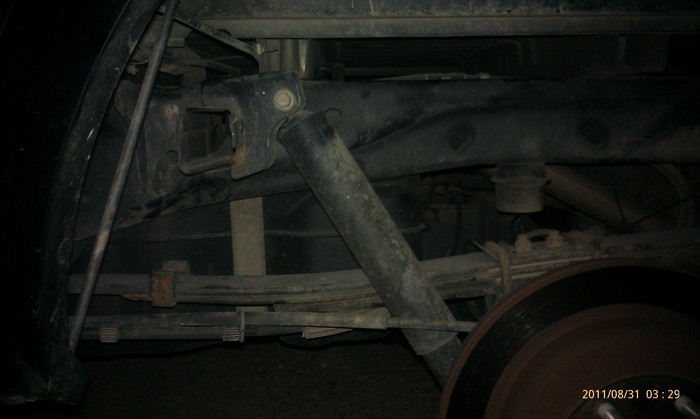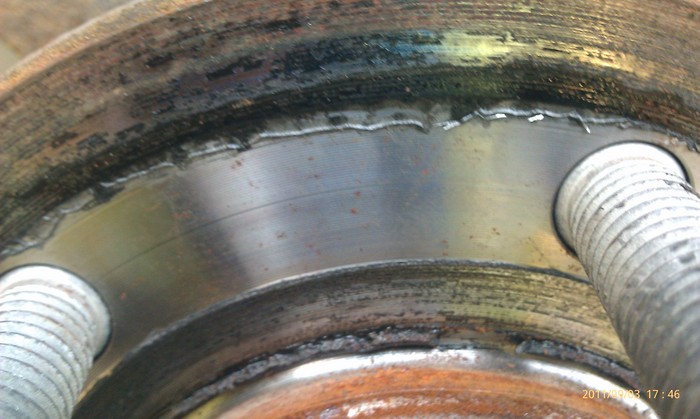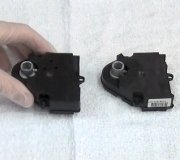Saturday, September 17th, 2011 AT 3:27 AM
I have 22 in. Hg at idle out of gear. 20 in gear at idle. (Very good from my experience) while accelerating it drops significantly (as it should) however while driving at a constant speed with or without cruise control on or off it remains very low. It varies between 5-8 in. Hg as if the ac compressor cycling on and off is dropping the vac. However turning ac off does not matter (even unplugged the ac clutch from the harness to make sure. It will stay at 8 in. For about 45 seconds then drop to 5 in and my gauge twitches fast (speed of a reed valve on an air compressor open and closing). Disableing Overdrive doesn't effect it. Check all vac. Lines I could find and only problem is a blown check valve. But 8 inches down the hose there is a 2nd identical check valve and nothing is branched off the hose inbetween them. So question is that 5 in. Hg while cruising a problem? First Ford I've had and seems very low too me. I don't hot rod her but did just for diagnose purposes and I get positive pressure! Vac. Gauge is teed right after the brake booster. Actually between the two check valves discribed earlier.
